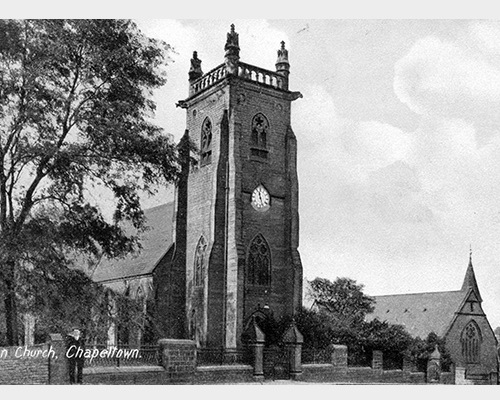Distance: 2.5 miles
Time: Allow 1.5 hours
An easy, pleasant stroll, mostly on surfaced paths and roads but some slopes and grassy paths on the far side of the brook. No stiles but there are some steps in places (which can be slippery) as well as a few steep sections. There are seats, children’s play areas, a BMX track and places to picnic along Charlton Brook. Boots or stout shoes advisable when wet.
Accessible route: Points 3-2-4-1-5. Avoid points 6-7.
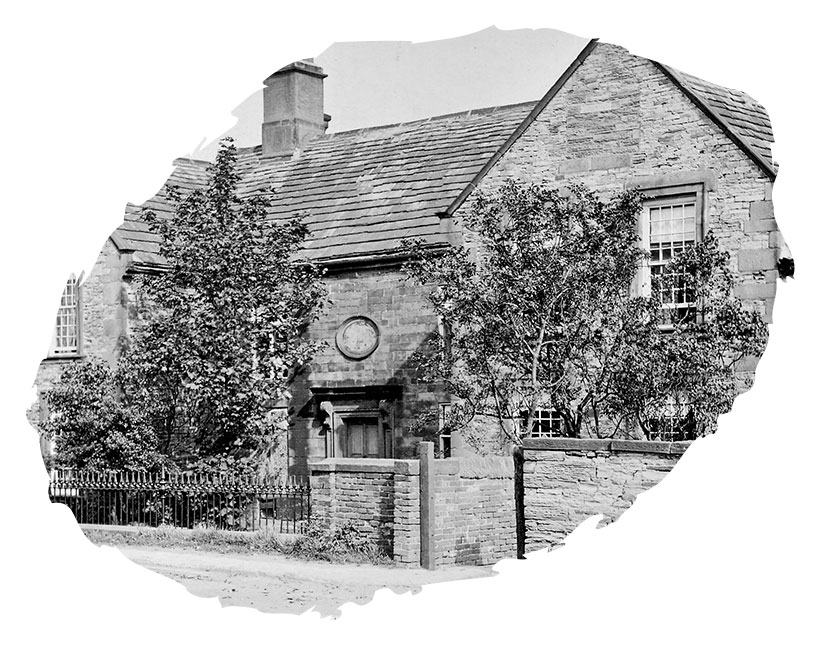
Map: Ordnance Survey Explorer 278 Sheffield and Barnsley
Start: Barrel Inn, Lane End, Chapeltown, S35 2UL
Public Transport: For information on public transport ring the South Yorkshire Traveline on 01709 515151 or visit www.travelsouthyorkshire.com
Car Parking: Limited street parking near Barrel Inn, more parking round the corner on Blackburn Drive.
Public Toilets: None on route
Refreshments: Barrel Inn, Lane End. Bridge Inn, Hollow Gate.
The wet, marshy ground near the brook may have given this area its name. In 1453, it was recorded as ‘Cherking brooke’. ‘Chirkin’ is a medieval word meaning ‘squeaking’ or ‘squelching’.
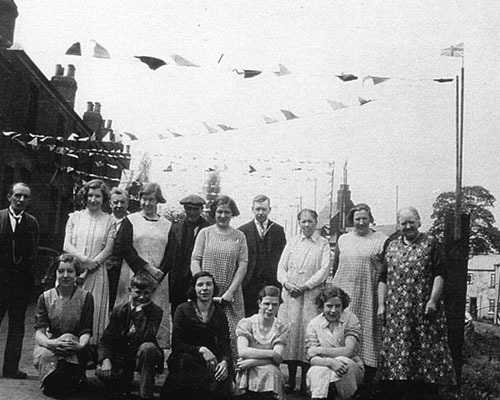
The dam was created by Newton chambers and Co Ltd. in 1870 to provide water for Thorncliffe iron works. Amy Jones lived at Charlton Brooke when she was a child. She remembered people coming from all around to swim in the dam in summer and skate on the thick ice in winter. (From Jay and M Jones 2004, Picturing the past)
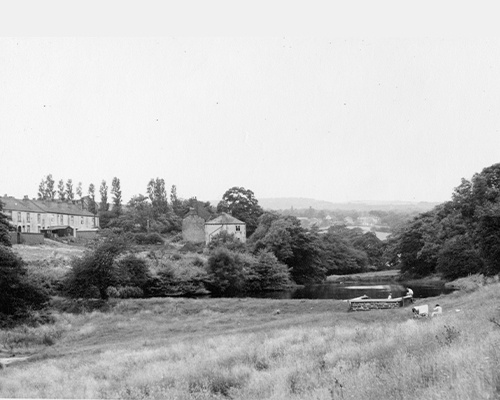
In the mid 1950s there were about 50 houses, two shops, a farm and a pub here. It was a small, close-knit community, with some families having lived there for several generations. Some of the houses in the hamlet were demolished when new housing was built.
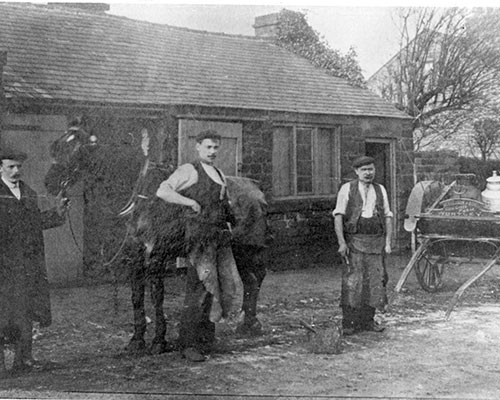
An iron foundry also operated near here until 1990, making cast iron manhole covers and grates. It is thought that Stanley Road was built around 1880 by Jabez Stanley, the co-owner of the Iron Works. Nothing now remains of the works.
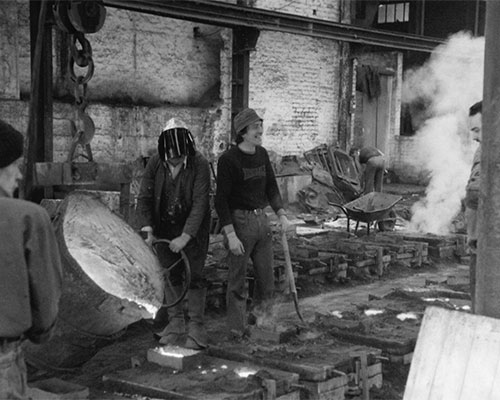
A house on the site of the present hall is recorded to have existed as early as 1436. The present building dates from the c17th. At one time the hall was owned by the Earl of Wharncliffe but in 1837 became the home of the Chambers family. Since then the hall has been used as a boy’s boarding school and as a farm. After some years of neglect it has now been restored as a private house.
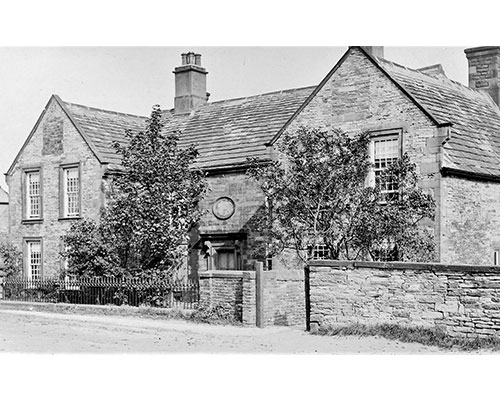
The church dates from 1860. It was closed in 2000 because of structural problems but has been restored and turned into offices
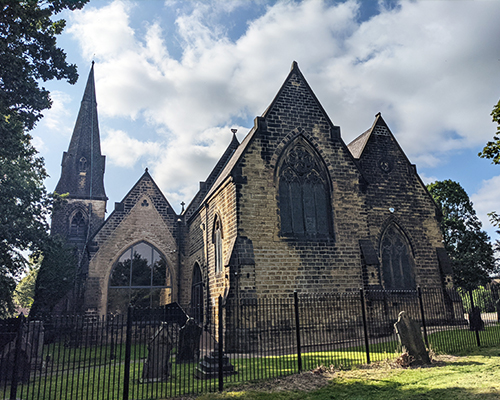
The pond, fed from Charlton Brook, is thought to have been constructed to store water for Chapel Furnace, which operated in the c16th and c17th. The furnace was situated off Station Road. The water was used to turn a water wheel to work the bellows to keep the furnace burning at a high temperature for iron smelting. It is thought that some of the iron was used to make cannon balls for Cromwell’s army in the English Civil War (1642-1651). In later years Chapel Furnace and the pond became part of Newton Chambers’ Ironworks. A pump house was constructed near the pond (remains of pipework can still be seen) to provide water for cooling the furnaces.
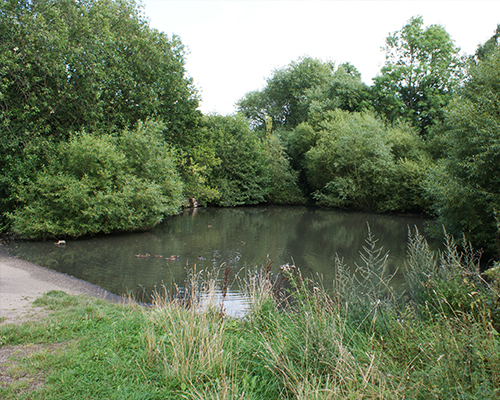
The building on the corner, now restored and a home, was originally a school. The first Lound School was built with an endowment from Anne Sylvester in 1711. It was replaced in 1845 by the present building which became Lound National School. It later became the Sunday School for St. John’s Church and Lound Board School was built on the neighbouring site.
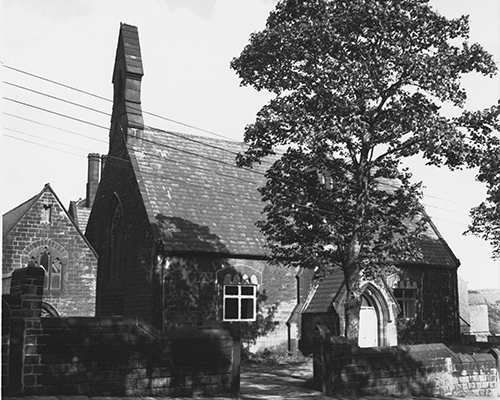
Mount Pleasant Methodist Church stands next to St. John’s Church. It was built in 1866 to replace an earlier church. Thomas Newton, a founder of Thorncliffe Ironworks and a staunch Methodist, laid the foundation stone. The building has now been converted into living accommodation.
